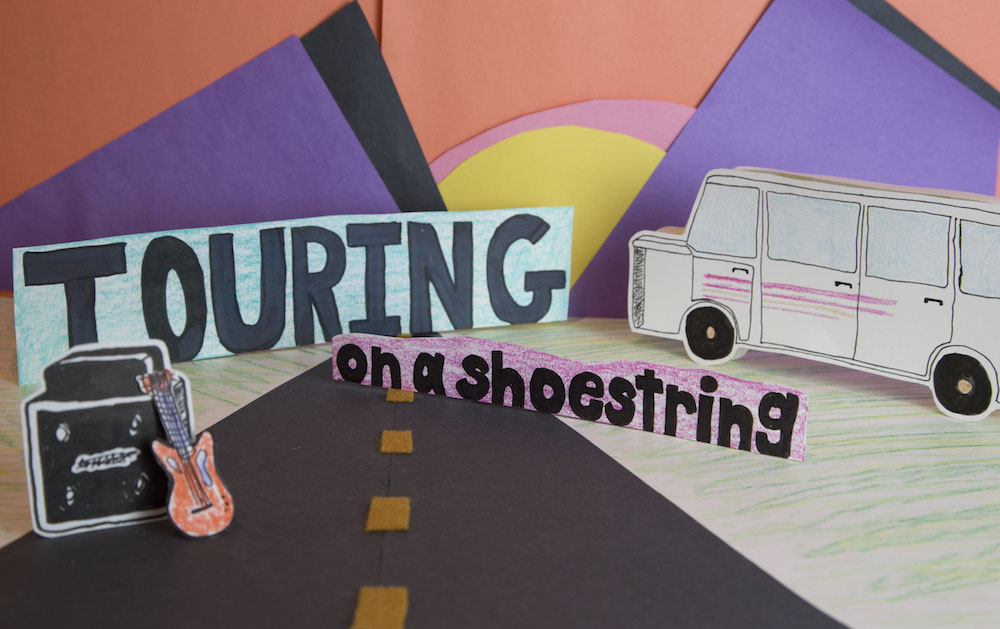16 Types Of Shows We’ve Played On Tour
In this piece, Ellisa Sun walks us through the experience of dropping everything to go on a completely DIY tour for a year, and the sixteen different types of shows they played during their time time on the road.
____________________________
Guest post by Ellisa Sun of Soundfly's Flypaper
Eight months ago, my partner/percussionist Ken and I both quit our day jobs, sold our stuff, and hit the road in a used 30-foot Winnebago to play as many shows as possible. We left with the intention of trying it for one year to gain experience, make new fans, learn about the music industry, and hopefully earn enough money to survive.
Here are 16 different types of shows we’ve played. Remember, my experience will be different from yours, and the types of spaces my music fits are going to be a bit different from yours as well.
1. Traditional Music Venue
These are spaces with a primary focus on programming live music. Usually they have a bar, sometimes they have food; usually they’re 21+, and usually there’s no built-in crowd.* You need to create the bill, and find 1-3 other bands to share the stage with. You will look for local bands from the area. You will promote as best you can, and all the money you get will come from ticket sales.
Depending on the venue, there will typically be a “door deal” and the venue will take a percentage of the ticket sales. These range depending on the space, but a lot of door deals will take a large percentage of sales since they need to pay their soundperson, doorperson, and staff.
Verdict: Depends a lot on the space, but unless you know for certain that a lot of people will come out, don’t expect to make much money or many new fans.
*A built-in crowd means people will frequent the space without any knowledge of who’s playing there, simply because they like the space or they’re willing to take a risk on any band playing.
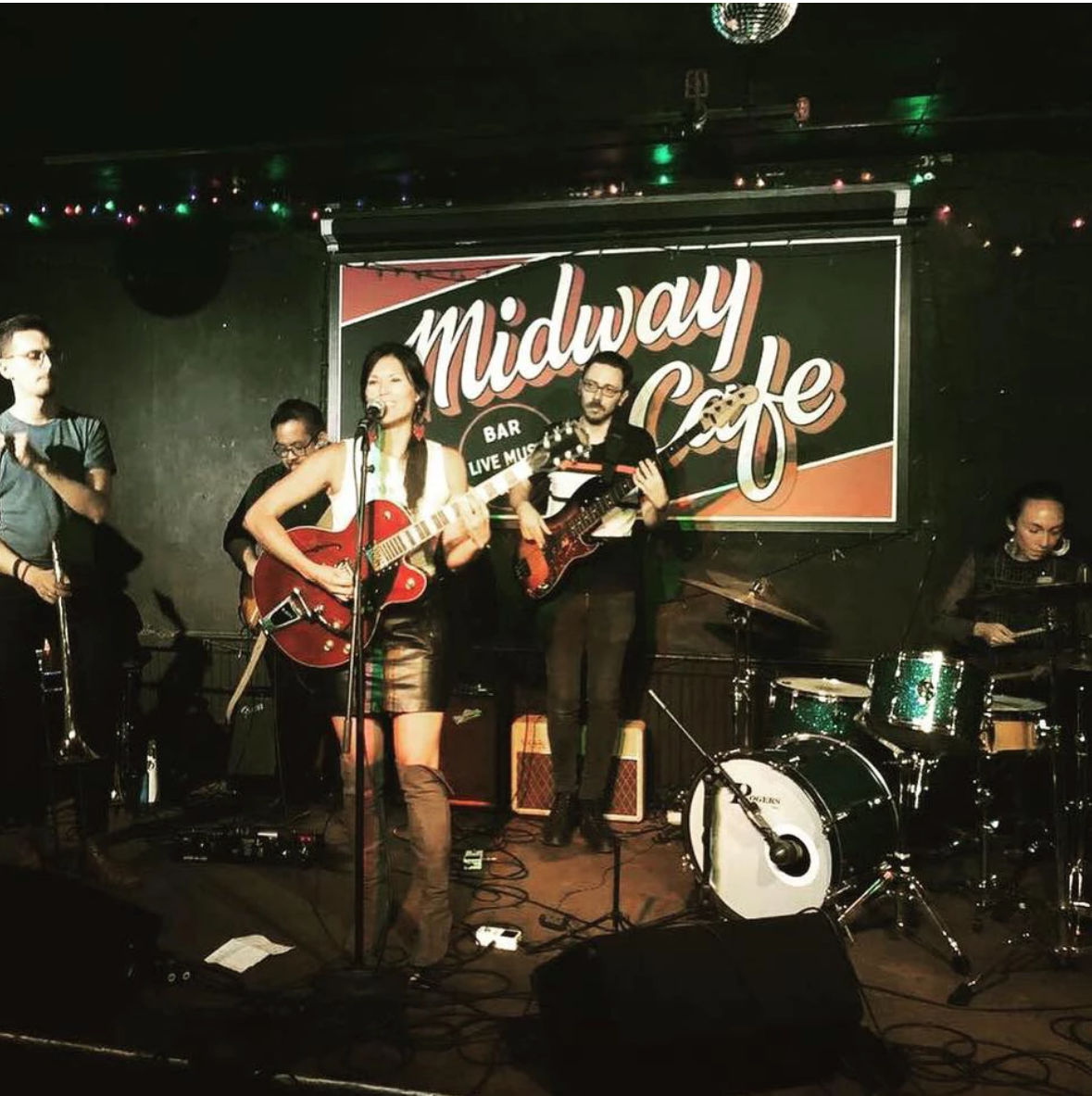
2. Bar (with a Built-in Crowd)
If you’re playing in a bar that doesn’t focus on live music but has it anyway, you might just be background music. This can go down in a variety of ways, but basically:
- The crowd that particular night could be rowdy or not care about your music because they didn’t know there was a show that night.
- They’ll be really nice people that love your music and listen to every song attentively, luckily, because they didn’t know there was a show that night.
- They knew you were playing, came out, and then it becomes just like any other show.
- Somewhere in between?
The bar might give you a guaranteed fee, a percentage of bar sales, or just food/drink and tips (like a pass-the-hat situation).
Verdict: Depends on the bar, the crowd, and how your music fits that environment, that night.
3. Bar (with no Built-in Crowd)
If you’re playing a bar and it’s dead, don’t. Unless they guarantee you a set amount of money and you’re down with it.
Verdict: Don’t do it. Unless you just want to rehearse in front of the bartender.
4. All Ages DIY Spaces (with no Built-in Crowd)
These are often “dry” spaces run by younger folks. Sometimes the show is in a warehouse, a church, a garage, etc. The “community” in charge organizes the show and it truly depends on how supportive they are. If they’re good at promoting and they’ve got friends, then it’ll be a fun time. But they probably won’t pay you much.
Verdict: Depends on the people putting on the show, but don’t expect a lot of money or merch sales. You might make some fans or get some social media follows.
+ Learn more on Soundfly: Did you know our online course on DIY tour booking, promotion, and management is totally FREE?! Start learning today!
5. Breweries
I personally love breweries. They usually have a budget to pay artists a guaranteed amount. The crowds are receptive and kind, but they will probably talk over your music. They’re not usually too rowdy, which is good. Your set needs to be longer than 1.5 hours so you need to know covers. Usually people like covers and leave tips for covers.**
Verdict: Usually fun, but you might have to own your role as background music.
**Covers are a whole new ballgame and open up many different types of gigs. If you’re not the type of artist that can play over 2 hours with covers and originals, that’s ok. But as much as it sucks, people like to hear songs they know. And when they hear renditions of songs they know, they will (hopefully) want to connect with you and your music. Or just tip you, which is good too. I am not a human jukebox and I do not take requests on cue. But I do have a long list of covers and I’ve created a set list including covers and originals that lasts up to 3 hours if necessary.
6. Winery/Wine Bar
Wineries and wine bars are obviously similar to breweries. They’ve usually got a built-in crowd and a budget to pay. Winos can be a bit snobby though (sorry winos), so sometimes they might neglect to acknowledge your presence. Depends on what you play and if they like it. Your set needs to be longer than 1.5 hours so it’ll help to know some covers.
Verdict: Usually fun, but you might have to be background music again.
7. House Concerts (Run By Adults)
Hosted by older folks that bring their friends and a community of people who have both money and a passion for music to give to visiting artists, I personally love these types of shows. Usually these gigs are donation-based, meaning all the money goes to you, the artist. People tend to be receptive and they genuinely want to hear every word of your songs. It’s the dream.
Verdict: Super fun and the best types of shows that aren’t based on ticket sales.
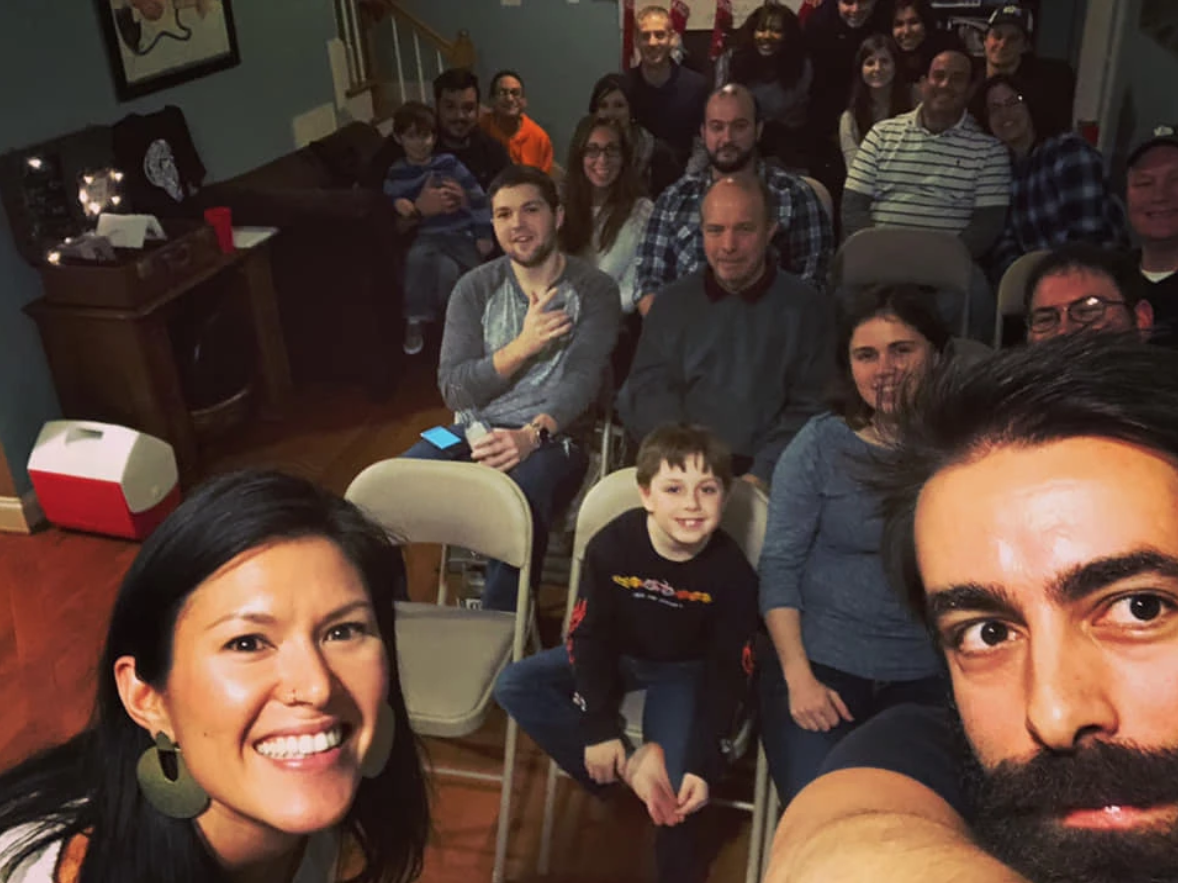
Jordan & Jessica’s Home Melody House Concert in North Carolina.
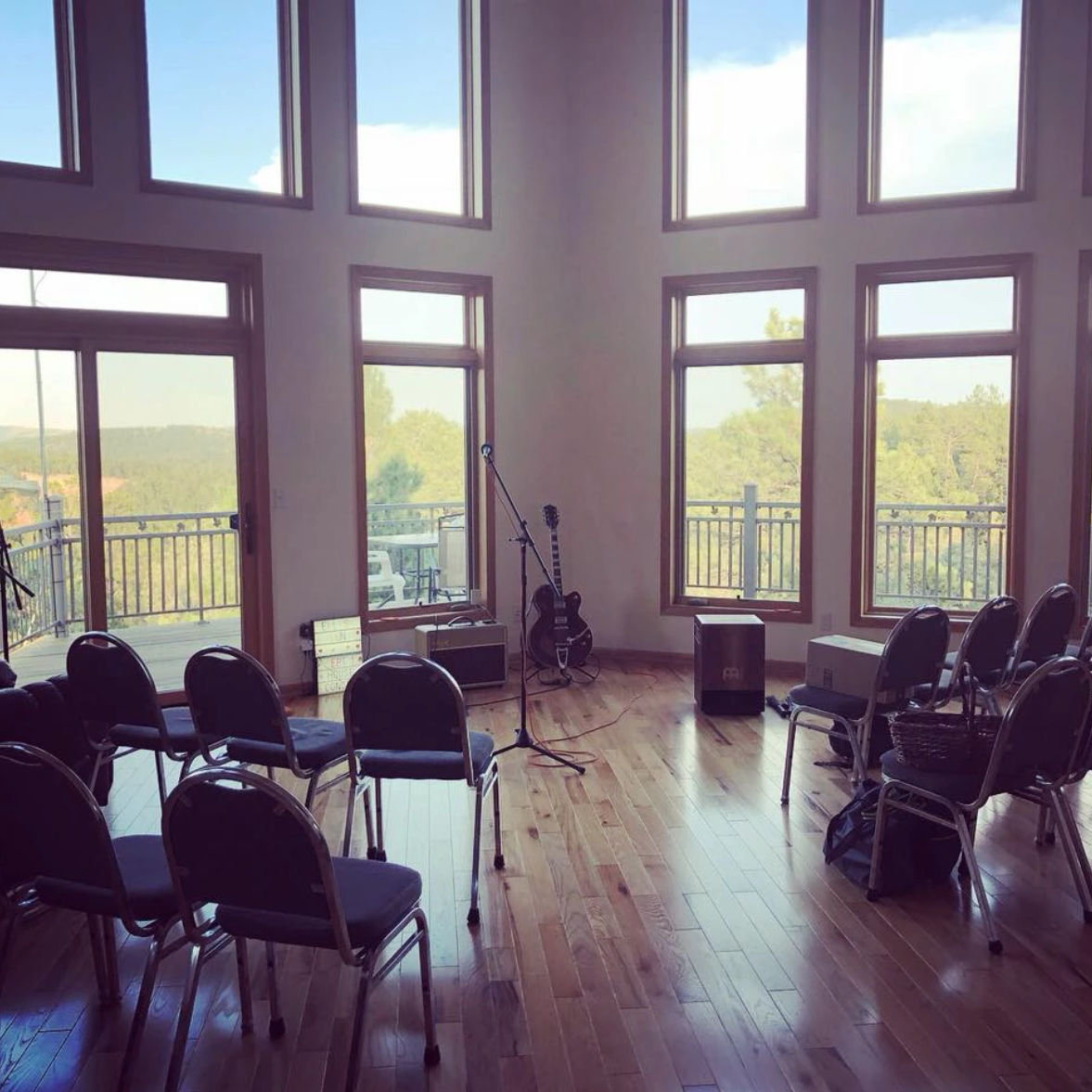
8. House Concerts (DIY Houses)
These are usually good shows because people listen, but if it’s being organized and hosted by younger people or fellow musicians you might not get paid as much. Still fun though.
Verdict: Not a big moneymaker, but usually worth it for the fun and the sense of community, and connections you’ll make.
9. Restaurant Shows
These can be really hard. You’re probably relegated to being background music and people will seem like they’re not listening to you at all, but they’re probably enjoying it. They usually pay a guaranteed amount, and depending on the restaurant may feed you a good meal. Your set usually needs to be longer than 1.5 hours, and you’ll probably want to play some covers to get people to listen or tip you.
Verdict: Not the most fun because people are talking over you, but you’ll make decent money and get a solid meal out of it.
10. Listening Rooms
These are fabulous. A combination of a house show, a music venue, and a bar with or without a built-in crowd (depends on the space), these are venues that make music the priority and force the crowd to shut up and listen. Sometimes there’s a built-in crowd, or you play with local bands that (hopefully) bring folks out. Usually the venue takes a split from the door, but usually the split is fair.
Verdict: Super fun, but lots of factors depend on how many people come out to the show.
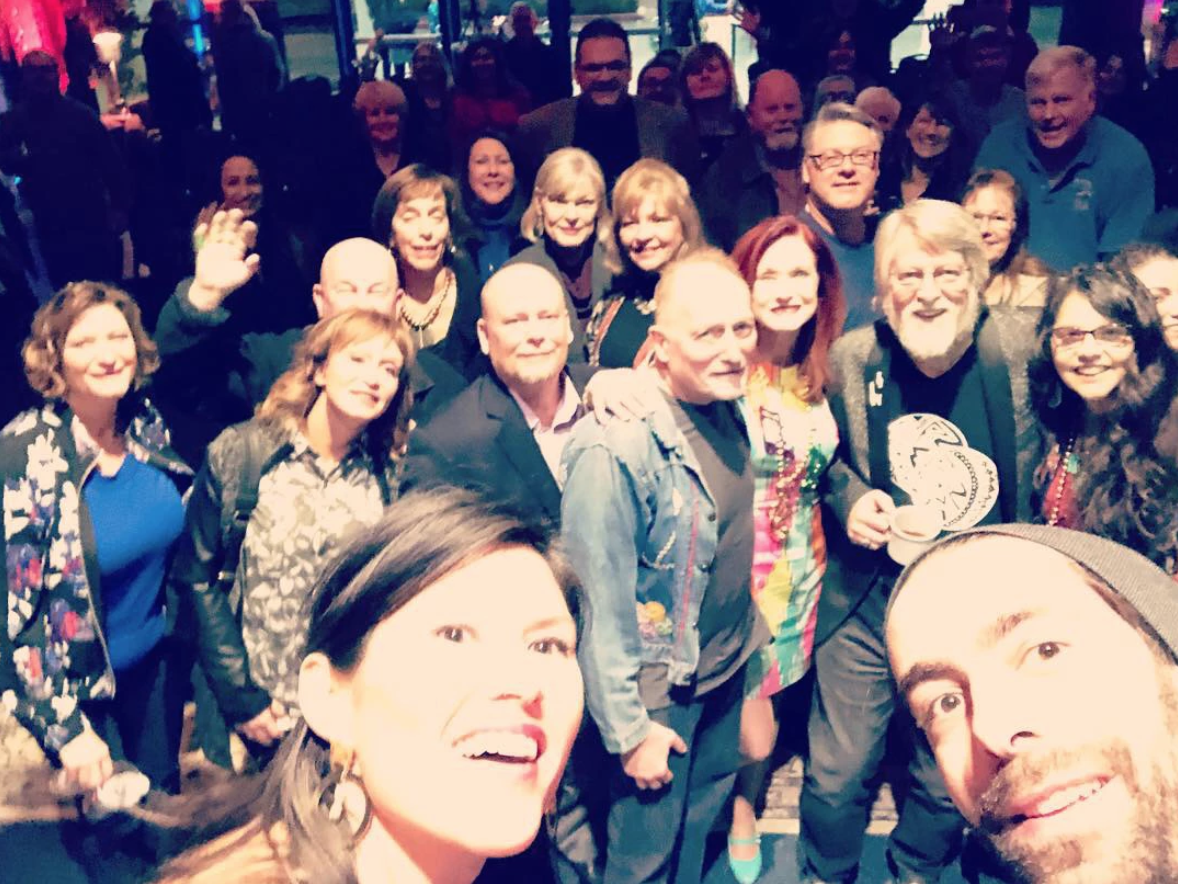
11. Songwriters in-the-Round
I did this once in Nashville at The Listening Room and once in Montreal at the Cafe Mariposa. These are particularly popular in Nashville. 3-4 people sit on stage together and play one song each, going in a few rounds. Usually each singer gets five or six songs. I love this because the venue makes the audience shut up and listen.
When I did this in Nashville, the ticket sales were good and we made some money, but not a ton. I’m not totally sure what the general amount of money people make from these is, but I’m guessing it’s not a ton since you’re splitting the money with other artists and the venue will likely also take a cut.
Verdict: Super fun for the attentive audience and potential connections you’ll make with other songwriters, but probably not a big money-maker.
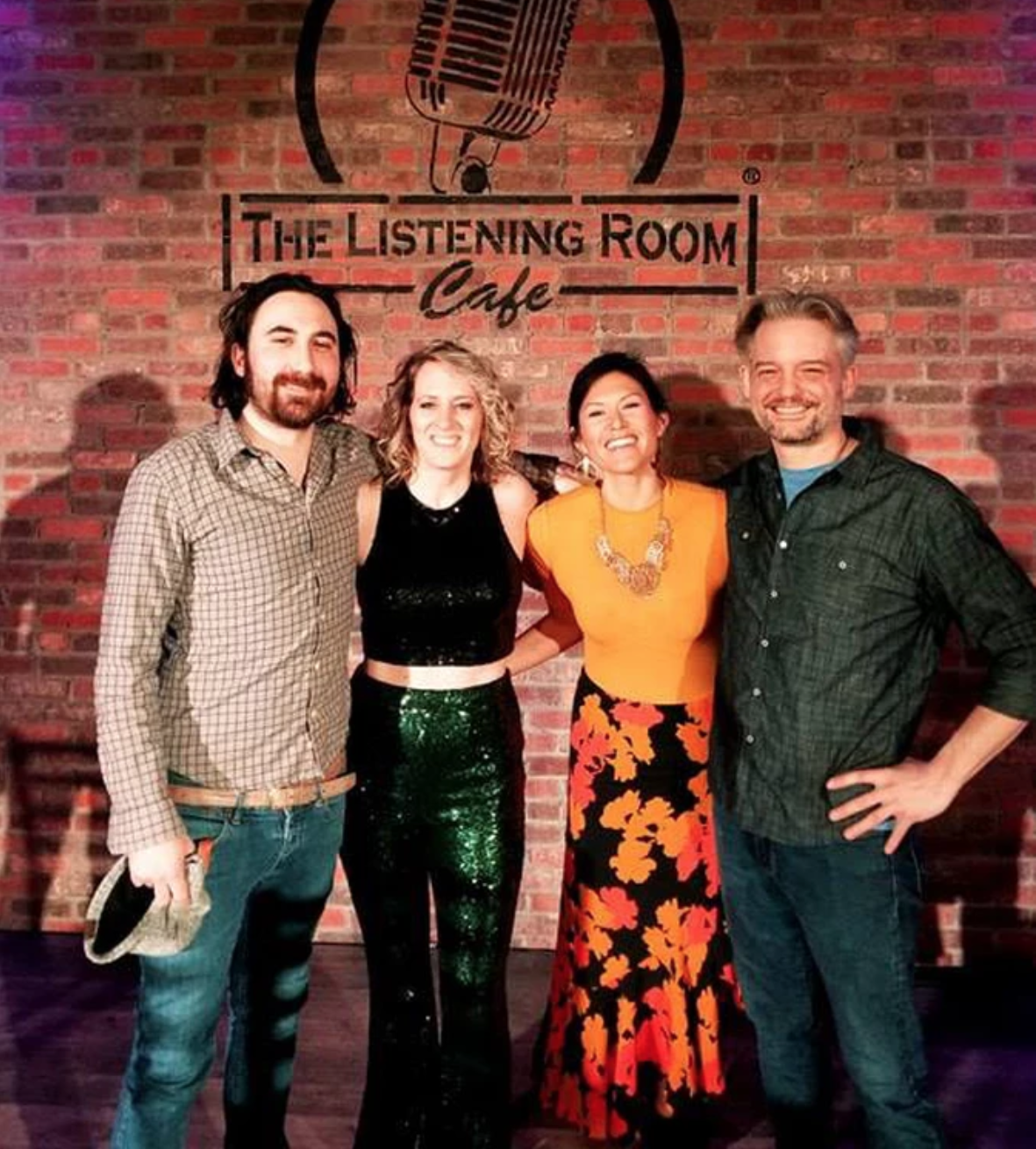
12. Coffee Shops
Often unpaid, but charming. Depends on the coffee shop — some are small and intimate, others are large and sterile. Either way, you’ll most likely need to win the crowd over to make them listen since people go to coffee shops to work on their laptops or study. If you win the crowd over and push your merchandise, you’ll likely have a good time. When and if you have the crowd’s attention, they’ll usually want to hear your story. This goes for all of the types of spaces on this list.
Verdict: Sometimes awkward, but if you can make it work it’s fun. Not worth it if you’re trying to make a lot of money.
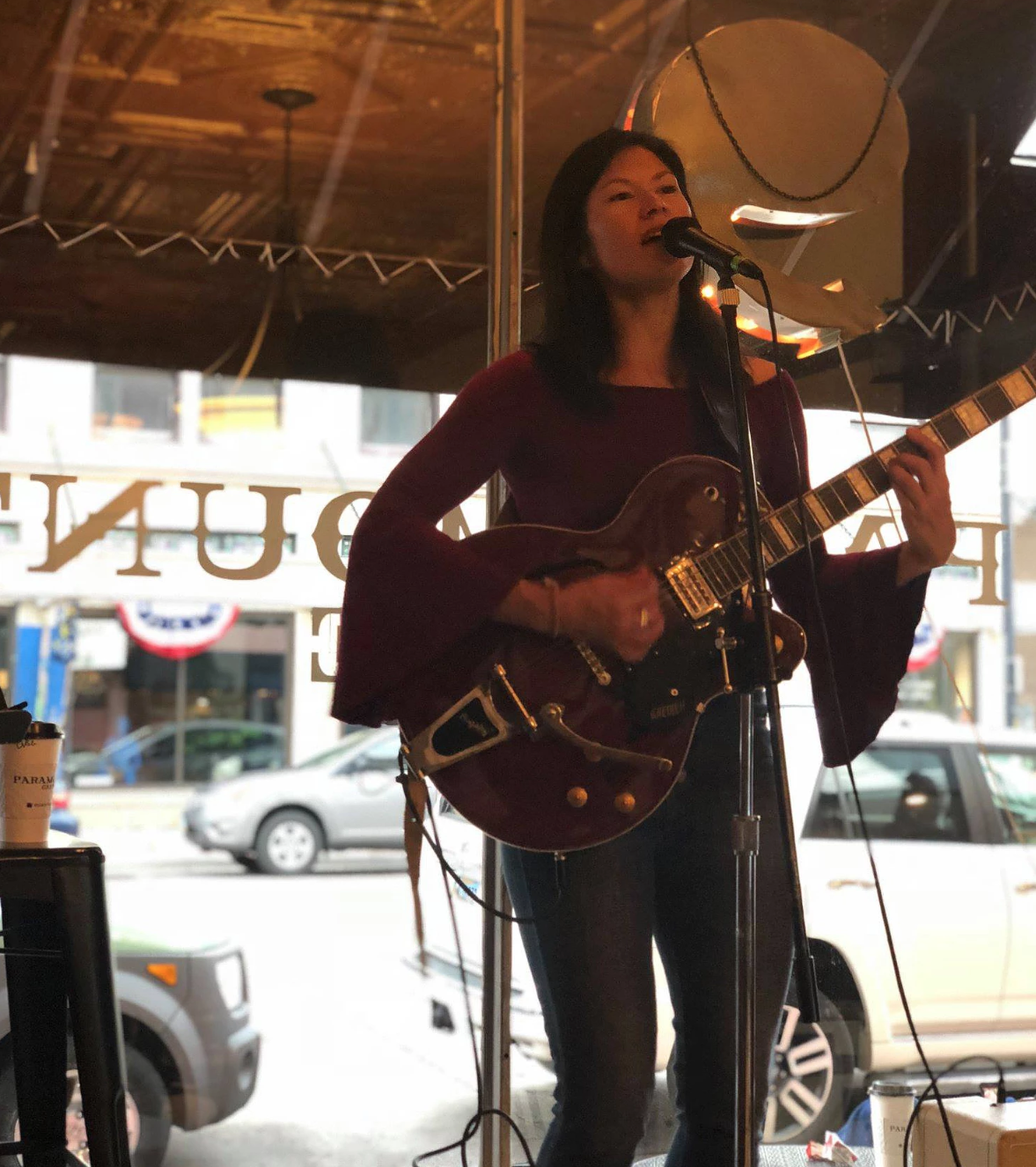
13. Open Mics
Open mics are a mixed bag. Some open mics are full of talent, others are totally dead. Some open mics are full of egos, some are super community-oriented. Usually open mics have a “featured performer,” where one artist gets a 20 or 30-minute set. This is often a great way to get your music out there and get heard in a new city.
If you’re going to a new city, don’t be afraid to email the venue’s open mic host and ask if you can be their featured performer. Sometimes they’ll give it to you, but sometimes they’ll tell you you have to play there first, which makes sense. You’ll likely not make any money at this unless you really push your merch and the other musicians want to buy it, but you’ll meet cool locals and hopefully gain some fans.
Verdict: No money, but a cool audience and hopefully you’ll gain fans and followers on social media.
14. Farmer’s Markets/Small Outdoor Festivals
These are good because they usually have a budget to pay a guaranteed amount. But outdoor shows usually suck as far as sound goes. You’ll likely be drowned out by the crowd, the wind, and simply being outside. You might feel like people aren’t listening or caring. But sometimes you’ll get a few fans (kids often come to these with their parents, and kids are fun fans in my opinion!). Push your tip jar and merch. You should know covers for these since they usually require longer sets.
Verdict: Worth it for the money, but the crowd might be tough.
15. Sofar Sounds Shows
Sofar Sounds is a startup company created in 2009 that organizes “secret” house concerts (sometimes in houses, sometimes in various types of spaces like warehouses, offices, or even hair salons). They create a sense of community with music, because they make the crowd shut up and listen. They promote and bring the crowd, which is usually at least 50 people.
They do not tell the guests who’s playing beforehand. They do not tell the crowd where the show is until the day of the show. You will play with two other acts. You don’t have to promote, and you get to play in front of new people — a room full of new folks. You get paid a set amount from Sofar Sounds, or you get a high quality video of a song from the performance — some shows give you the option of video or payment, but I haven’t had a video done in a long time and I’ve done at least five of these in different states. The crowd is always younger and hip, so they will probably not buy your merch unless you’ve got vinyl or a super unique item. They’ll likely follow you on Instagram or listen to you on Spotify, but that’s about it.
Verdict: Not a big moneymaker, but worth it since you get to play for a big crowd of potential fans without having to promote. Plus you only have to play 20 minutes.
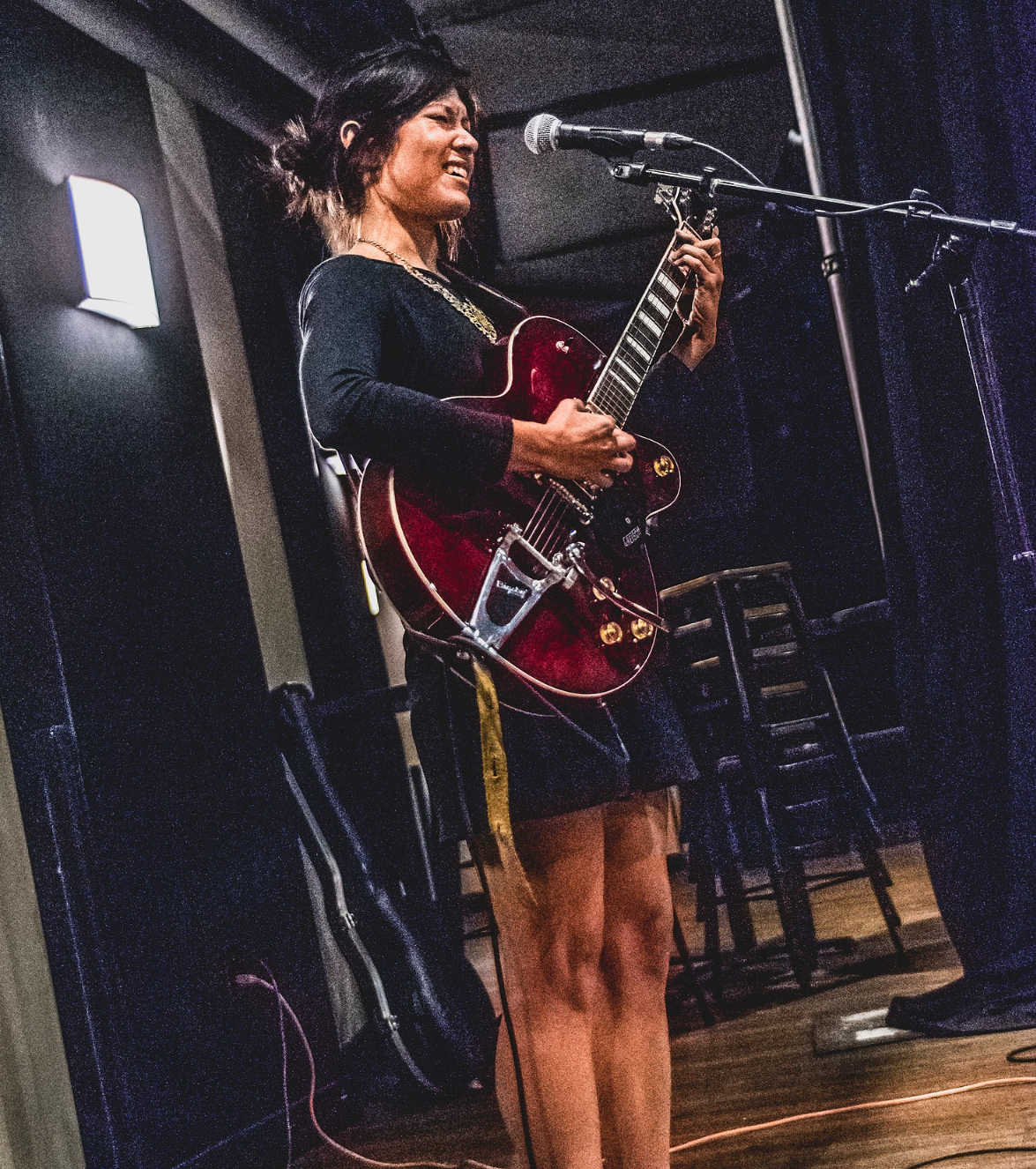
16. In-Store Shows
These are shows in record stores, boutiques, thrift stores, etc. These are often free shows, but can be good for promoting an upcoming show in any given city. These can be great or terrible. It depends on the space, how much you promote, and how much the owners of the store care. Usually it’s up to you, the artist, to promote and get the word out. A big pro of these is it’s low pressure. It’s low key and casual, since it’s usually a free show. The store is usually flexible about time, so you can do the show during the day.
Verdict: Truly a mixed bag; it could be great, or it could be dead. You’ll make some fans in the form of people wandering into the store, but don’t expect a lot of money since these are usually free shows.
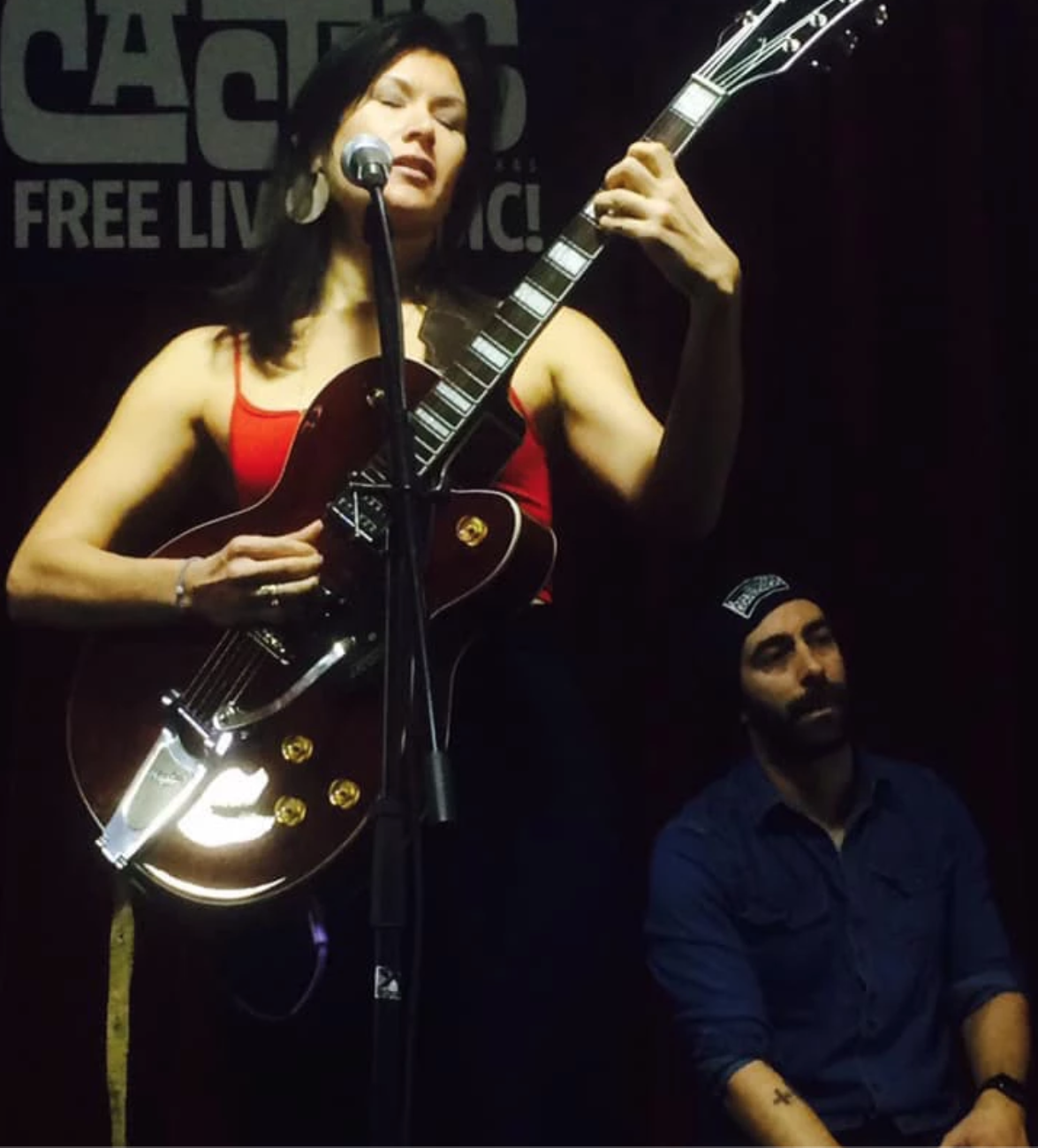
Voila! That’s my list (for now) of types of shows we’ve played on the road. The list will undoubtedly grow longer the more we tour. Hopefully someday I will play solely sold out shows full of 200+ people, and someone else will do the booking for me. But for now, this is it, and I’m gonna follow my dreams.
